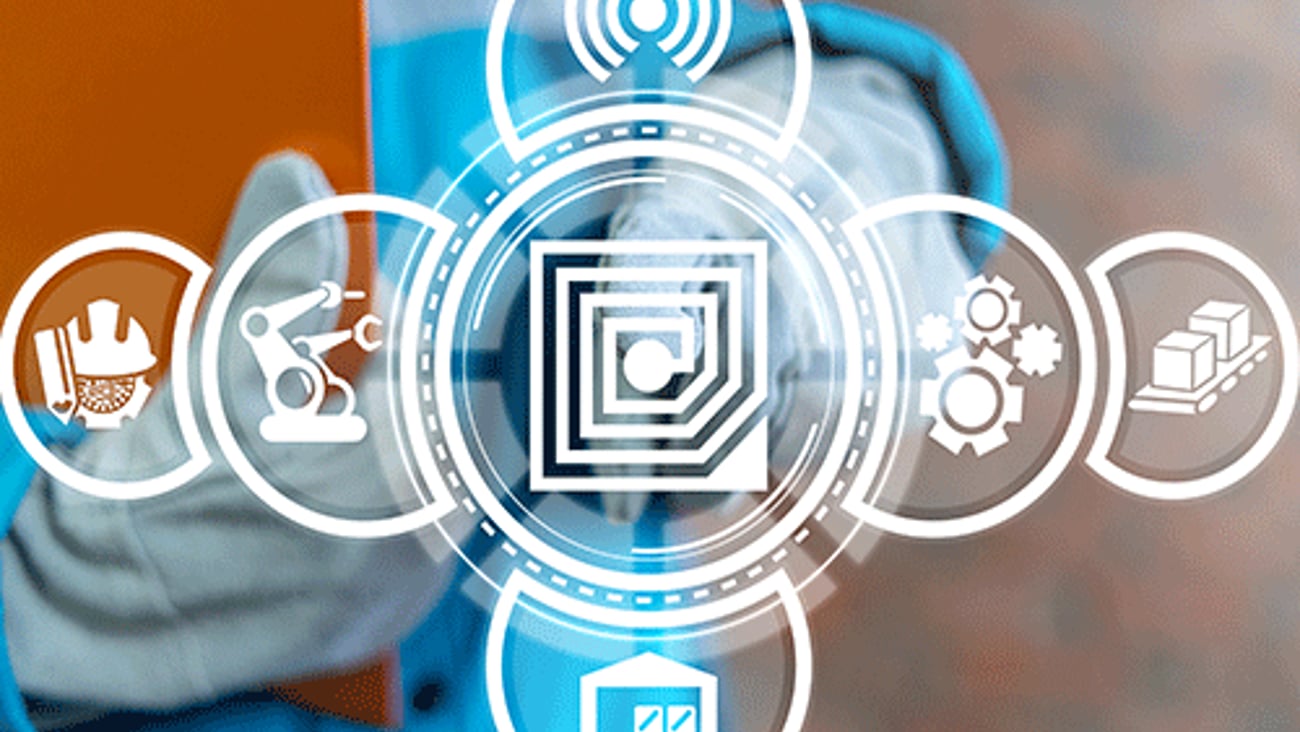Three retail tech trends we love
Just in time for Valentine’s Day, here is some adoration for a few emerging technologies poised to transform retail.
The technology trends – virtual cosmetics try-on, micro-fulfillment, and mobile training, span different areas of the enterprise. What they share is a focus on leveraging the latest capabilities of IT to help ensure operational efficiency and superior customer experience. What’s not to love?
Virtual cosmetics try-on
How could we not begin this special Valentine’s Day edition of the Retail Insights blog by pronouncing affection for the burgeoning trend of providing cosmetics try-on with virtual reality (VR) and augmented reality (AR)? Increasingly, retailers of beauty products are utilizing enhanced reality tools to provide customers a realistically simulated view of how cosmetics products would look on them.
Retailers as varied as Amazon, Macy’s, Ulta Beauty, Pinterest, Sally Beauty, Priv, and MAC Cosmetics are all leveraging AR to enable virtual cosmetics try-on. These tools can be offered via mobile app, PC, tablet, or in-store kiosk.
The same cosmetics product can look completely different depending on who is wearing it. The small size of cosmetics items makes them ideal for online purchase and shipment, and physically trying them on can be messy and time-consuming. Virtual try-on resolves all these issues in a quick, convenient way using state-of-the-art technology. Enough to warm this tech editor’s heart.
Micro-fulfillment
Micro-fulfillment technology automates picking and packing, using robotic systems to efficiently locate and retrieve products stored in a space too compact for human workers. It has mostly been used by grocery retailers seeking to streamline click-and-collect order fulfillment, although Hointer pioneered a version of the concept at denim stores in the early 2010s.
Walmart is piloting a proprietary system called Alphabot which fulfills click-and-collect orders using autonomous carts to retrieve ambient, refrigerated and frozen items inside a 20,000-sq.-ft., warehouse-style space. Albertsons and Loblaw are running similar pilots supported by a third-party fulfillment solution, while Kroger is building 20 automated “customer fulfillment centers” to enable fast, accurate delivery and in-store execution of online purchases.
Micro-fulfillment enables effective, hyperlocalized fulfillment of online orders at store level without overtaxing store inventory or associates. That should be sweet music to any omnichannel retailer’s ears.
Mobile training
Since almost all retail associates now own smartphones, conducting training via mobile app is an effective way to streamline content delivery in an easily digested format. In addition, it gives retailers the opportunity to cut training costs by using a bring your own device (BYOD) strategy.
For specialty athletic retailer Evo, mobile training provided a means of reducing the cost of quickly and accurately training seasonal warehouse workers. The company deployed a mobile VR solution that offered a virtual training experience that could scale for groups of any size and help new employees establish core competencies.
Meanwhile, Foot Locker trains permanent staff with a mobile training app called LaceUp, powered by Axonify, that enables the retailer to monitor which employees have engaged with training programs. The company also collects employee feedback on its mobile training efforts through channels including social media.
And McDonald's is launching a new career exploration mobile app called “Archways to Careers,” which is designed to assist store associates with education and career advancement. Nothing says “I care about you” like a convenient, technologically-enabled training program.







